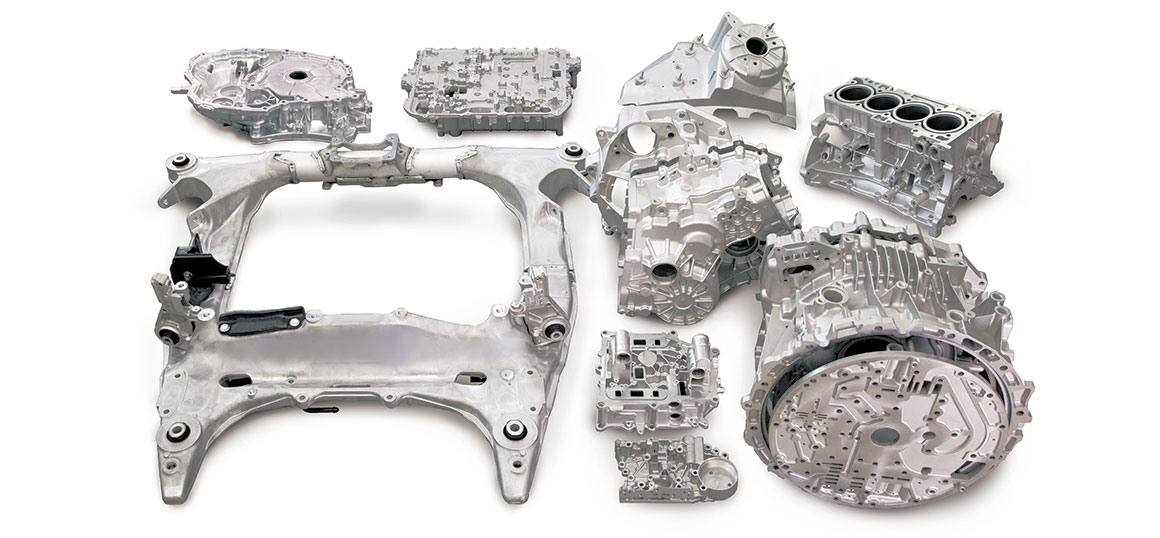Diecasting is a highly specialized manufacturing method that turns melting metal into precise elements using high-pressure molds. The technique is now indispensable for a wide range of industries such as electronic, aerospace, automotive and even consumer products due to its ability to make complex shapes with remarkable reliability and accuracy. In combining the principles of metallic engineering with cutting-edge technology diecasting can provide unrivalled effectiveness and precision. This makes it a cornerstone of the modern production. This article delves into the complex world of diecasting by looking at its procedure, advantages, and wide-ranging applications.

The core of diecasting is the mold. It's also known as a"die" that has been meticulously designed from reinforced steel that is able to endure any extreme elements of the process of casting. The layout of the die is essential, because it has to accommodate the melting steel's flow and solidification as well as keeping tight tolerances in order to guarantee precision. During the diecasting process, metals such as magnesium, aluminum, zinc, and copper are heated up until they get molten. The molten metal then gets introduced into the die chamber under high pressure, filling every crevice and crevice of the mold. The quick cooling and rapid finalization of the metal results with parts that show excellent dimensional accuracy and a smooth surface finish, often making it unnecessary to perform additional manufacturing or finishing procedures.
One of the main benefits of diecasting is the efficiency for mass production. When the dies are made and the process begins, it is repeated hundreds or thousands of repeatedly with little variance between parts. The high degree of repeatability is essential for businesses that require huge volumes of identical components. Furthermore, diecasting is recognized for its efficiency in manufacturing. Diecasting produces less waste compared to other metal forming techniques because excess metal can be recycled and used again. This not only reduces costs for materials, but it also contributes to greener manufacturing processes. A combination of accuracy, speed and material efficiency makes diecasting an attractive choice for production in high volumes.
Diecasting is also an excellent method for creating components with excellent mechanical characteristics. The speedy cooling process of molten metal during the casting process results in fine grain structure that increases the toughness and endurance of the finished product. This makes diecast components particularly well-suited for projects that require reliable and high-performance. For example, in the automotive industry Diecast components are utilized in engines, transmissions, and structural components. their weight-to-strength ratio is essential for safety and vehicle efficiency. In the aerospace industry diecast components aid in the development of lightweight yet solid structures, which are crucial to optimizing performance and efficiency in fuel consumption. To obtain extra details please go to Homepage

The materials you choose for diecasting is a major factor in the quality and performance of the final product. Aluminum is one of the top choices because of its superior strength-to-weight ratio, corrosion resistance, and thermal and electrical conductivity. These qualities make aluminum an ideal choice in aerospace and automotive industries where weight reduction is a major concern. Zinc alloys offer high strength and ductility, making them suitable for parts requiring fine details and durability. Magnesium alloys are among the lightest structural metals, providing advantages in areas where weight reduction is crucial. Copper alloys, although utilized less often have been praised for their outstanding electrical conductivity and their resistance to corrosion. Each alloy has distinct advantages that allow manufacturers to choose which one is best suited to the application they are looking for.
Diecasting is an innovative manufacturing technique that blends accuracy, precision as well as versatility. Its capability to manufacture complex, high-quality components with excellent mechanical properties makes it vital in numerous industries. Diecasting's effectiveness as a mass-production process, coupled with its material and cost advantages, proves its worth in modern manufacturing. As industries continue to demand quality and reliability components that are high-performance and components, diecasting will continue to be a cornerstone technology, driving technological innovation, and helping to facilitate the manufacturing of advanced products that meet all the demands of a constantly changing market. Due to its continuous growth and development it is an example between engineering expertise and manufacturing expertise.
Comments on “The Intricate World of Diecasting: Precision in Manufacturing”